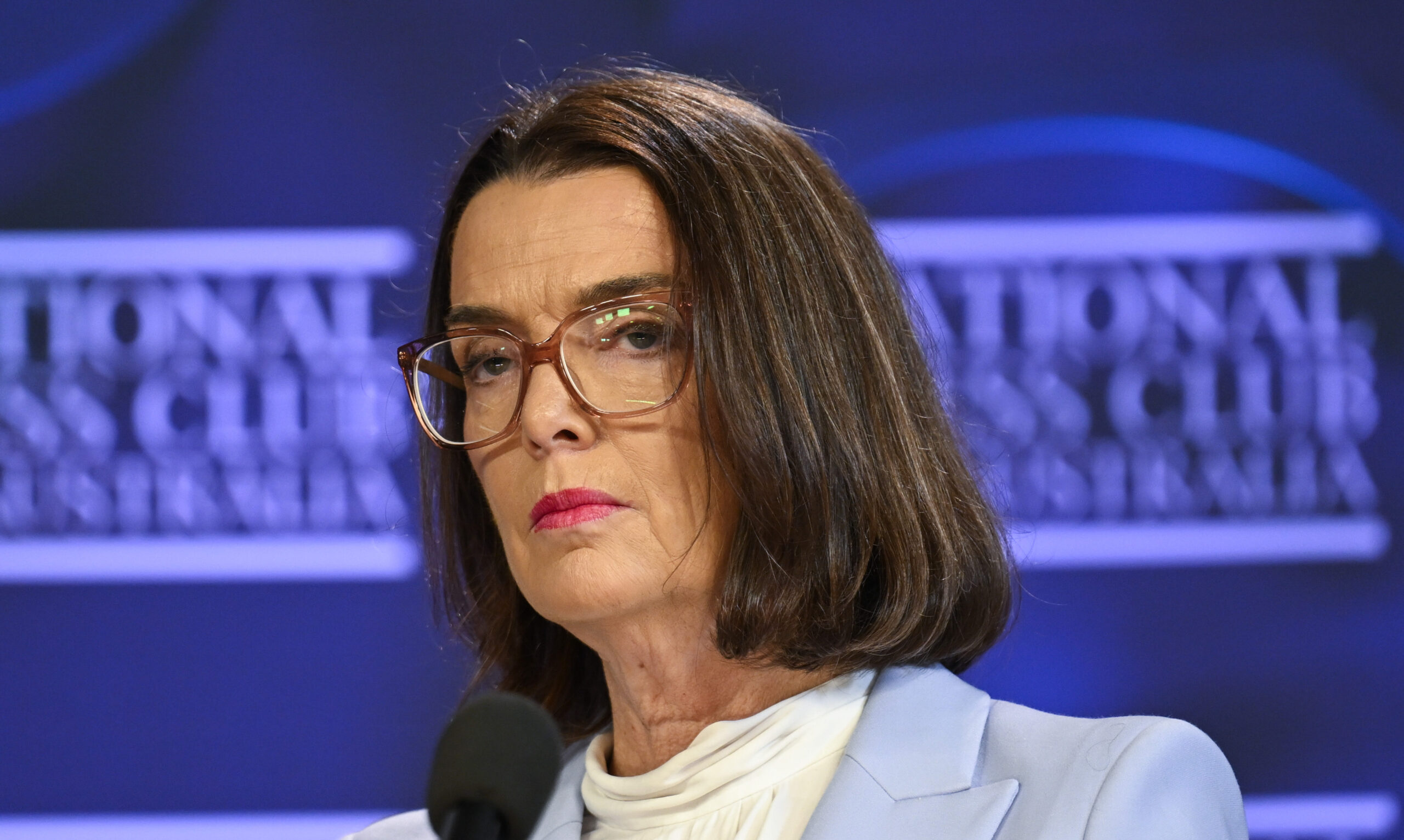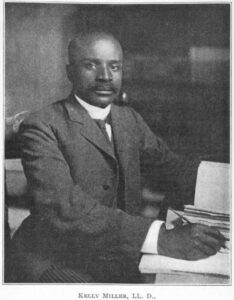Get stories like this delivered straight to your inbox. Sign up for The 74 Newsletter
Philadelphia students could head back to classes before Labor Day for the next two years, according to proposed academic calendars the district released Tuesday.
The pre-Labor Day start for the 2025-26 and 2026-27 calendars will allow for longer spring and winter recesses as well as additional cultural and religious holidays throughout the year, district officials said this week.
Superintendent Tony Watlington also confirmed Tuesday that district schools and offices will be closed on Friday for the Philadelphia Eagles celebratory Super Bowl parade.
“We look forward to celebrating the Eagles’ victory as a community, and we hope that our students, staff and families will do so safely and responsibly,” Watlington said in a statement.
The question of whether to start before or after Labor Day has rankled families and district leaders in recent years, in part because many Philly schools do not have adequate air conditioning. That has forced some buildings to close or dismiss students early due to excessive heat in the first week back.
This school year, the first day back landed before Labor Day, and 63 schools without air conditioning dismissed students early, during the first week of classes. However, school started after Labor Day in 2023-24, and heat closures still impacted students’ learning time that first week.
Watlington said at his state of the schools address this year that over the past three school years, the number of schools without air conditioning has shrunk from 118 to 57 thanks in part to a donation from Eagles quarterback Jalen Hurts.
Shakeera Warthen-Canty, assistant superintendent of school operations and management at the district, said their academic calendar recommendations this year are built off of a survey and several in-person feedback sessions.
The majority of parents and caregivers who responded preferred a post-Labor Day start, the survey found. But students, teachers, school staff, and community members reported they overwhelmingly preferred starting the school year before Labor Day.
Some 16,400 parents, students, school staff, principals, and community members responded to the survey the district sent out last September, Warthen-Canty said.
Respondents also said they wanted more frequent breaks for longer durations to accommodate family vacations, as well as time to rest, support mental health, and prevent staff burnout.
State law says districts must have a minimum of 180 student days, or a minimum of 900 instructional hours for elementary school students and 990 hours for middle and high school students. The district’s collective bargaining agreement with the teachers union also requires 188 teacher work days, as well as a minimum of 28 professional development hours.
The district officials’ calendar recommendations will go to the school board for a vote before they are enacted.
If approved, winter recess would be seven days in 2025-26 and eight days in 2026-27, while spring break would be five days both years.
In addition to the five state and national holidays (Memorial Day, Independence Day, Christmas, Thanksgiving, and New Year’s Day), Philadelphia school district school holidays in 2025-26 and 2026-27 would include:
- Labor Day
- Rosh Hashanah
- Yom Kippur
- Indigenous Peoples Day
- Veterans Day
- Martin Luther King Jr. Day
- Presidents Day
- Lunar New Year
- Eid al-Fitr
- Good Friday
- Eid al-Adha
- Juneteenth
This school year, both Indigenous Peoples Day and Veterans Day were school days.
As for how the new calendar may interact with Philadelphia Mayor Cherelle Parker’s commitment to “extended-day, extended-year” school: Deputy Superintendent Jermaine Dawson said this week the district has ensured any expansion of that program will work “alongside our calendar of school days.”
This story was originally published at Chalkbeat, a nonprofit news site covering educational change in public schools.
Get stories like these delivered straight to your inbox. Sign up for The 74 Newsletter












